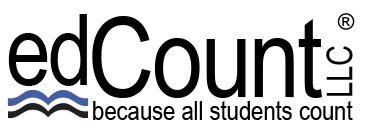— Excerpt from Education Daily‘s “ED encourages common definition for ELLs” article (January 20, 2011)
ED sees state collaboration as a benefit and is therefore creating a priority within the EAG that applicants must include at least 15 states in a consortium. Applicants must also provide a project management partner.
“We have learned through this program from past grantees that better assessments are developed when states work together,” Martínez said. “There are benefits to having a common measure of English proficiency, but our goal is to have an English assessment of high technical quality that is aligned to common language proficiency standards and corresponds to college- and career-ready standards.”
States have collaborated on assessments for several years. Following the passage of NCLB, ED funded state testing consortia, through EAG, for the development of ELP assessments, explained Ellen Forte, president of edCount LLC. Four multistate consortia developed ELP assessments, but the largest and longest running is the World-Class Instructional Design and Assessment Consortium, Forte said. WIDA includes 23 member states and the District of Columbia.
“I think the department is saying with [the changes to EAG], let’s improve upon what we have, and perhaps build other tools that would be strong options for states in addition to what WIDA offers,” Forte said.
Contact Education Daily for a copy of the complete article by Adam Dolge.
